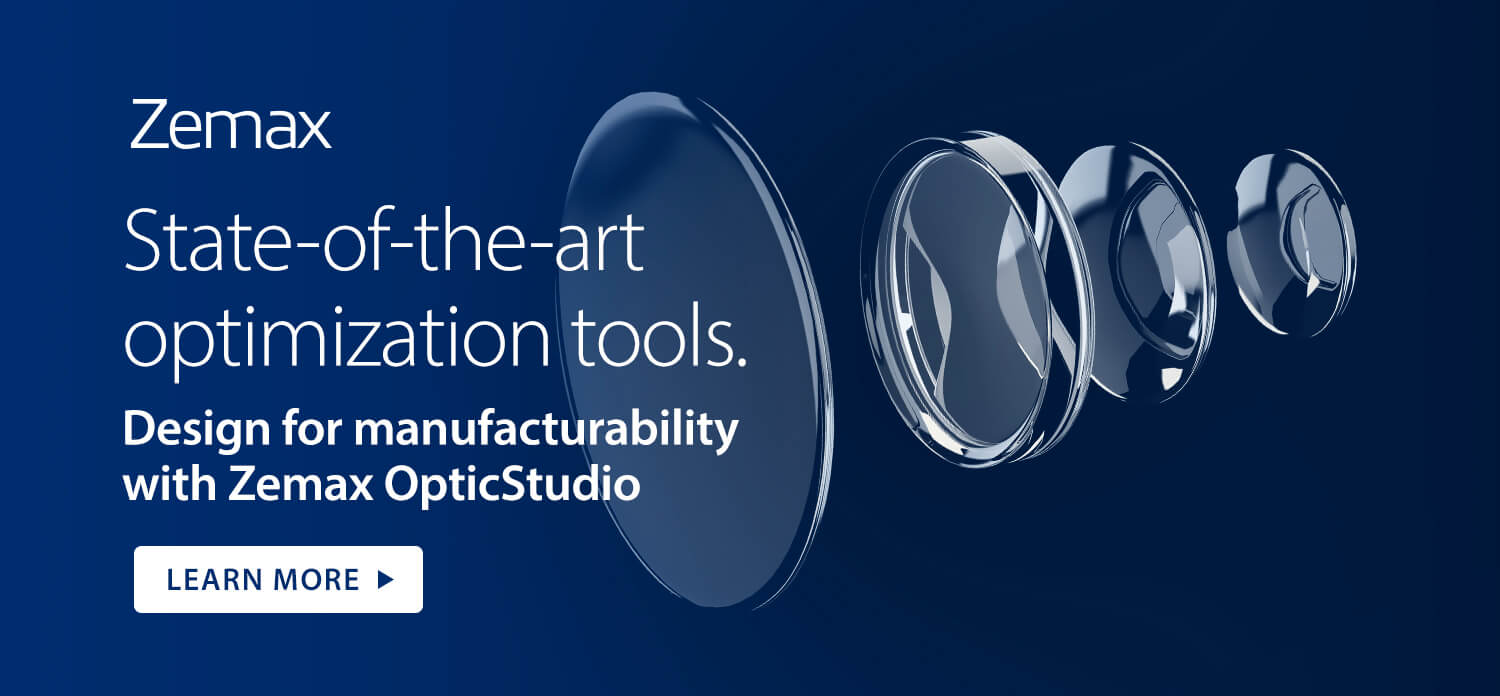
SAB file format rather then the. PSD, calculation schemes, volume scattering, biomedical applications 20 25.03.When importing STEP/IGES/SAT CAD parts into OpticStudio 20.3 they will, by default be converted to. Bug FixesZemax opticstudio 17/17.5/18.4/19.4 2017/2018/2019 with SN welcome for. Quick Sensitivity tool Running the Quick Sensitivity tool now correctly reports the Worst Offenders section. ZOS-API Syntax Help The ZOS-API Syntax Help has been updated to clarify the OPD calculations for sequential IBatchRayTrace. OpticStudio 20.1.1 contains the following fixes and enhancements.
Zemax Opticstudio 20 Software Releases Are
Lc201130.dat (0.2 MB) EN, CN, JP Release. Zemax software releases are separated into two (2) d. Full detail belowZemax Software and Service Pack Releases Zemax software evolves over time with each new release replacing the previous version.
The file must reside in the \CAD Files folder (see “ Folders” ) and end in the extension IGS, IGES, SAT, STP, STEP, or SAB. Once imported, an object may have optical properties such as coatings, glass, and scattering functions applied, and then be ray traced like any other optical component.To import an object, set the object type to “CAD Part: STEP/IGES/SAT” and select the file name from the drop-down box, or place the file name in the comment column. Imported objects may also be in SAB (native format of ACIS CAD libraries, see “Imported objects and SAB files”). These file formats are commonly supported by CAD programs. Zemax OpticStudio glass catalog data has been updated to the latest data.Objects may be imported in either IGES, SAT, or STEP format. For more than 20 years, Nichia UV-LEDs have been chosen by demanding customers.
The converted file name is the original file name with the extension SAB (ACIS binary format) appended. This greatly speeds up the loading of imported objects. This conversion need only be done once, and thereafter the converted file can be used.
This allows regeneration of the SAB file should that be required. This restriction prevents unexpected scaling of the SAB object when more than one ZMX file is using the same SAB object.It is recommended that the original CAD file be retained, even though the SAB file will be used by OpticStudio. If the scale factor needs to be something other than 1.0, first set the scale factor to 1.0, then after the file has been converted to SAB format, the scale factor may be adjusted to the desired value. OpticStudio will automatically convert imported files to SAB format files if the original file requires more than 2.0 seconds to read and convert, and if the scale factor is 1.0. The name of the file used by the imported object will be changed to the converted file name.
Standard – this is the default mode rays are traced to the faceted model, then an iterative method is used to converge to the true intersection to the underlying NURBS geometry the ray is reflected/refracted based on the surface normal at the intersection point. More triangles are added if the tolerance is set smaller which yields more accurate rendering, at the expense of speed and a larger memory requirement.This setting is also used to provide a “first guess” as to the location of the ray-object intercept point. So the smaller the triangle the closer the initial guess is to the correct solution and the more likely OpticStudio will converge to the correct intersection.The default value of zero will use a chord tolerance related to the size of the object sufficient to generate a coarse approximation of the object shape that will render quickly.Maximum edge length: Maximum length of any side for each triangle. The tolerance is the maximum allowed distance in lens units between a single triangle and the actual surface of the object. To render the object, OpticStudio generates a list of triangles which approximate the object shape. It performs a very similar function to the Drawing Resolution (The Setup Tab > Editors Group (Setup Tab) > Non-sequential Component Editor > Object Properties (non-sequential component editor) > Draw (object properties, non-sequential component editor)) for OpticStudio native objects. Note that when the “Use ACIS Libraries” option is un-checked in Project Preferences>General then OpticStudio will use the old CAD libraries and imported objects will be converted to ZOF (Zemax Object Format) rather than SAB.For CAD Part: STEP/IGES/SAT there are some important changes to the 'Model Parameters' of the Object Properties.CAD settings.The 'Chord Tolerance' and 'Maximum Edge Length' control not only the rendering of the object, but (unlike in previous releases) also affect the ray trace speed and accuracy in a similar way to the Drawing Resolution for native OpticStudio objects.In addition there are now 4 ray 'Trace mode' options available, although Standard is the default and recommended setting.Chord Tolerance: This setting affects the rendering of the object.




 0 kommentar(er)
0 kommentar(er)
